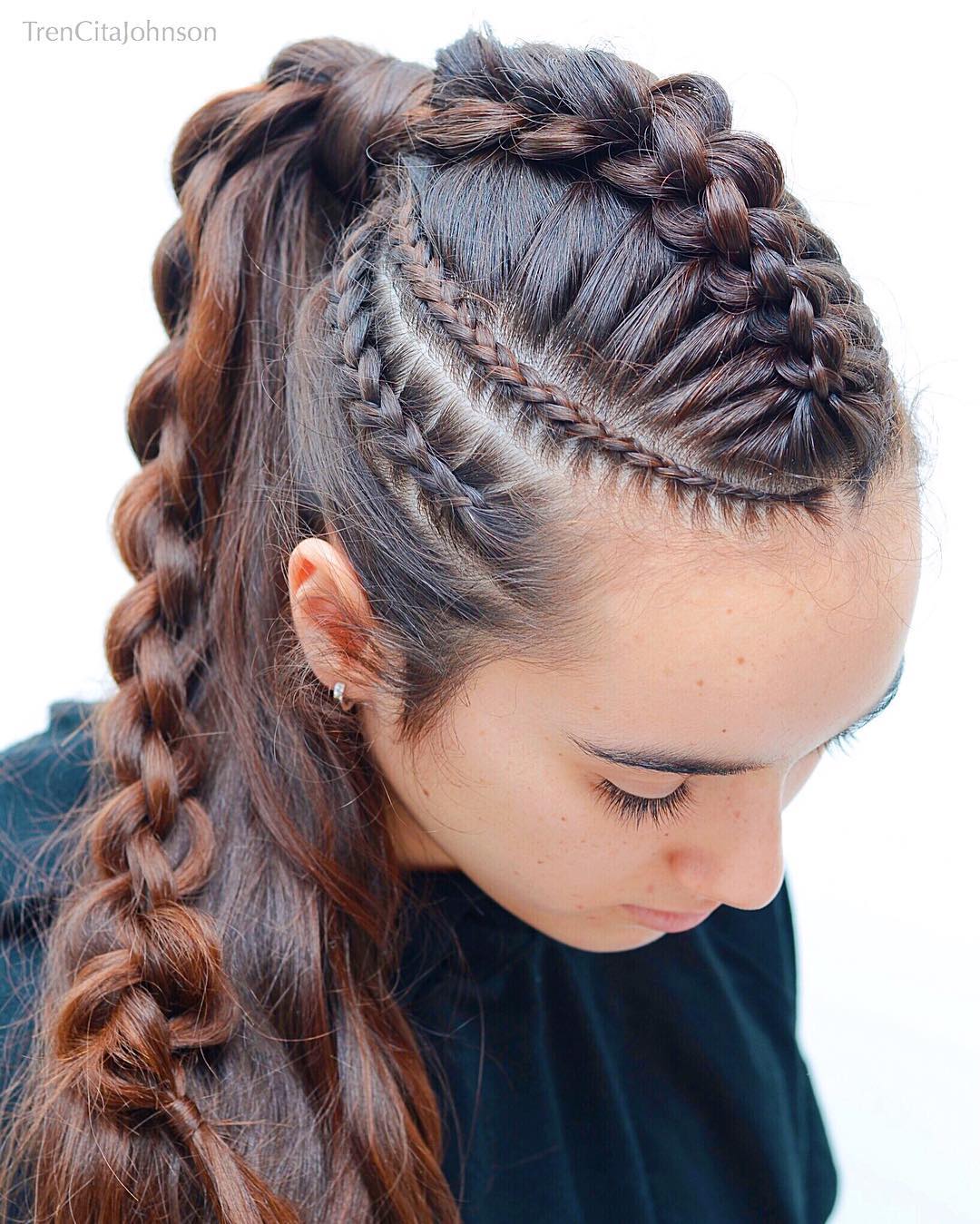
This will greatly reduce itching and give a clean appearance and finished look. This area is very often forgotten, because it is usually hidden under the mass of your beard! But make sure you keep it clean and uniform. #3 Remember to cut the circumference of the throat. If you cut your beard when it is wet, you may end up with an uneven line. Dry hair sits differently to wet hair and will appear shorter. #2 Do not cut your beard while it is wet. This will help to separate the hairs and let you clearly see what needs to be cut. Trim while the hair is dry as your beard will sit differently when it is wet. Keep your beard style in check with regular trimming. Hair does not naturally grow at an even rate, so without trimming you will be left with an uneven beard and stray long hairs. You can then apply a balm or oil to increase the suppleness of the hair and prevent it from breaking and becoming tangled.Īs your beard grows, it may be necessary to equip yourself with a small chisel and/or electric mower to control the growth in the style you have chosen. Whether you use a special beard soap or classic shampoo, lather it up and let it rest for 2 minutes so that the hair soaks in and re-hydrates before rinsing thoroughly.

No excuses, unlike in the Viking age, you should have no problem getting your hands on clean water for this.

How can you embrace the Viking beard style? 1. Modern Viking beard styles are long and full, worn natural, or combed and braided and adorned with jewelry.

While historically the Vikings may not have had a clear definition of a ‘Viking beard style’, modern culture certainly has. However, as a result, such beard styles would have become part of the Viking warrior aesthetic. This was for the practical purpose of keeping their hair out of their eyes and face. Those with long beards would often braid them, into a single braid or multiple braids. The Vikings did style their beards and hair in order to go into battle.
#VIKING BRAID FREE#
They then would have used their comb daily to keep their beard neat and maintain their beard style, as well as ensure that their beards were free of dirt, food, bugs and other debris. They would have washed their beards relatively regularly for the time, along with their hair. The Vikings took beard care pretty seriously. In the story of the death of his son Balder, Odin, also sometimes called Grey-beard, Long-beard or even Drooping-beard, was in such as state of grief that he refused to wash or comb his hair and beard, breaking social norms in his intense distress. Beard combs are among the small items that men carried with them on their person. While specific beard styles may have changed over time, beard care and keeping beards clean and tidy was always important. The length and fullness of a Viking beard would also have depended very much on genetics, just like today. Surviving Viking carvings of gods and men show a variety of different beard styles, from long and flowing, to braided beards, to short goatees, to just moustaches. While beards were clearly important, beard styles changed over time. In the Saga of Burnt Njal, the eponymous hero is mocked as being a beardless old man. The sagas also suggest that not having a Viking beard was problematic. We hear of Silk-beard, Fork-beard, Gold-beard and many more.įurther, in the Codex Regius, all of the male gods of Asgard, with the exception of Loki, are described as having beards. That beards were an important part of how Viking men presented themselves is clear from the numerous bead-related nicknames that appear in the Norse sagas. The Vikings also paid a lot of attention to beard care, in order to keep them under control both on the farm and the battlefield.īut what did Viking beards really look like, and how can you grow your own? While beard styles were designed to help deal with the bitter cold weather, a beard was also an important part of the Viking aesthetic. Viking beards are among the most popular beard styles, but how much do they resemble a traditional Viking beard?įamous Vikings certainly wore beards. You only need to spend a few minutes scrolling Instagram to realize that beards have made a comeback.


 0 kommentar(er)
0 kommentar(er)
